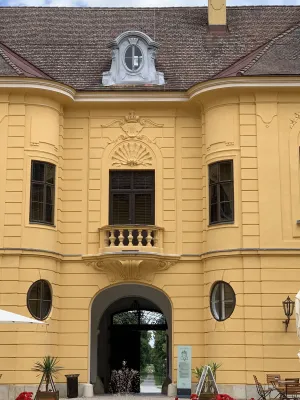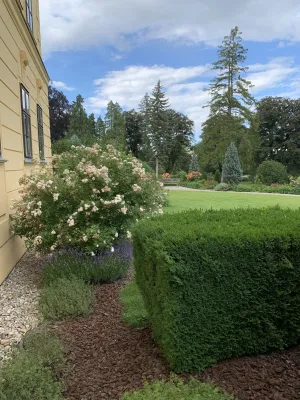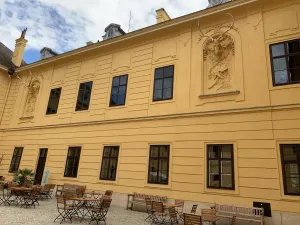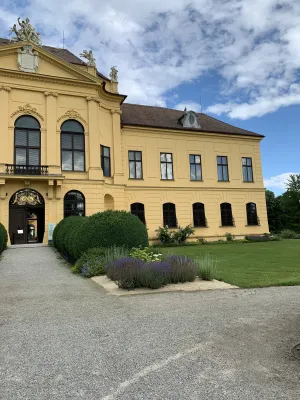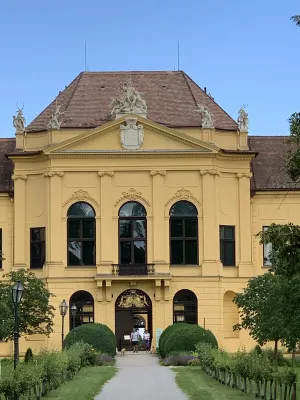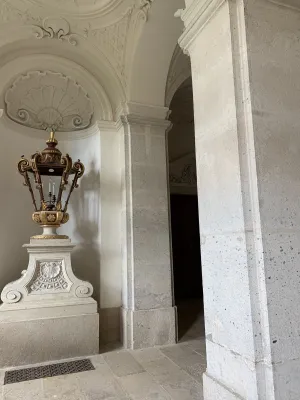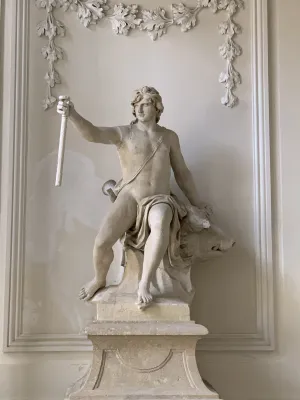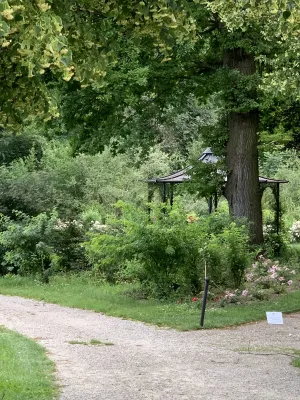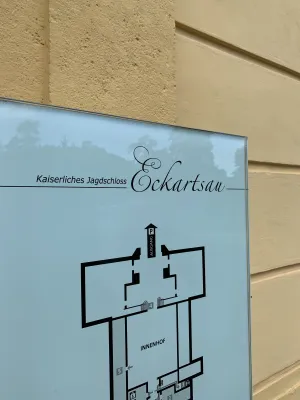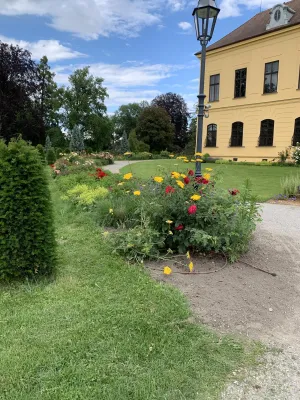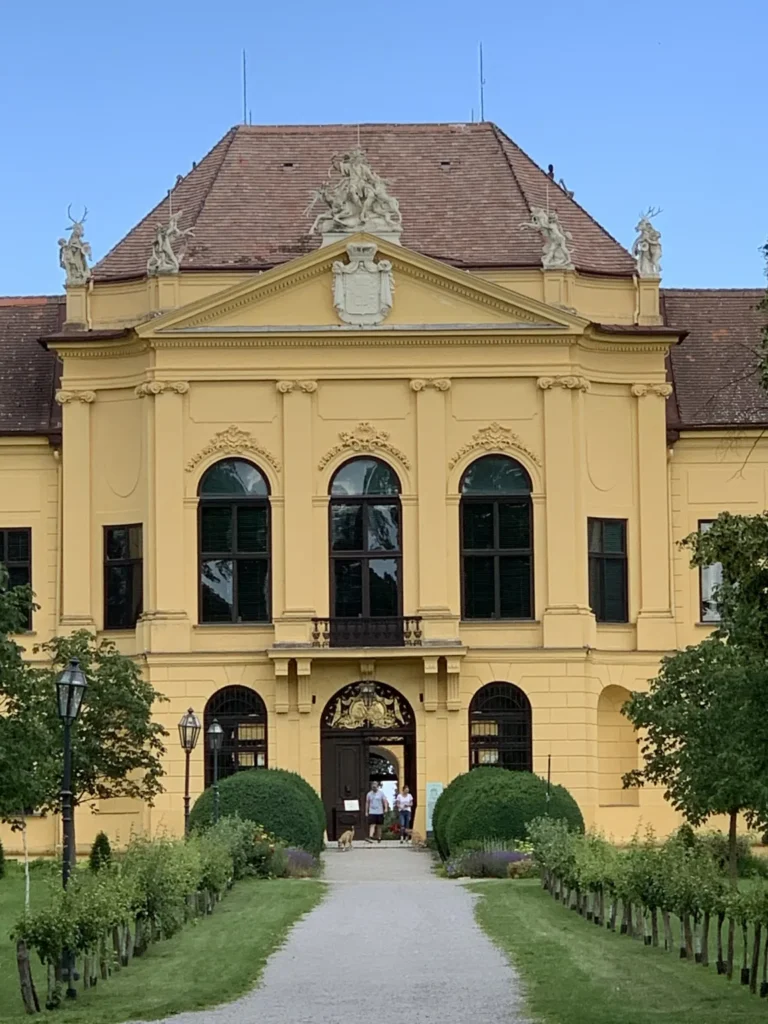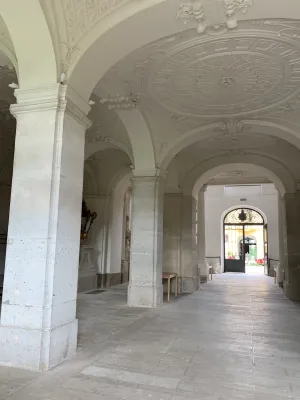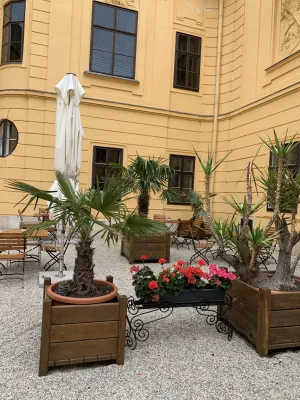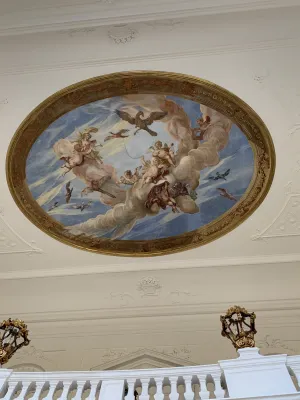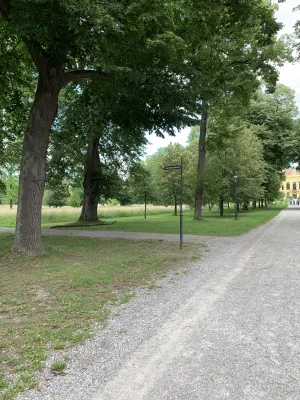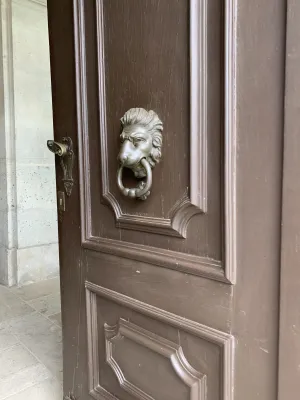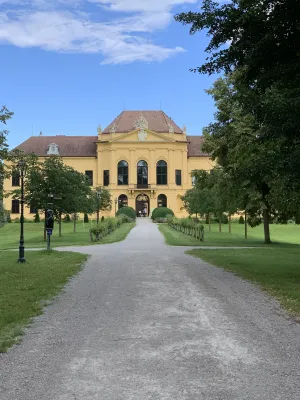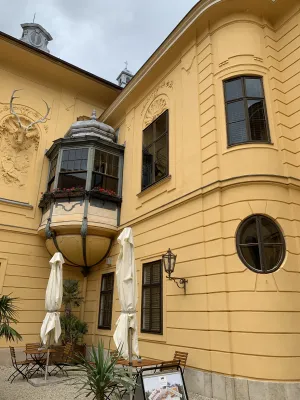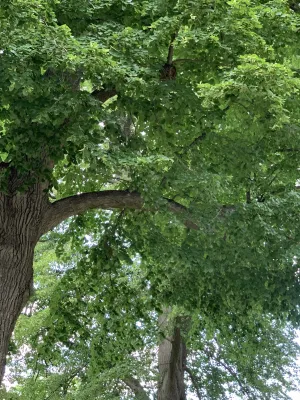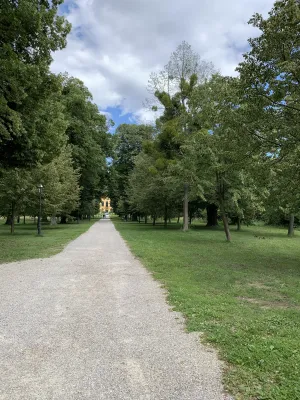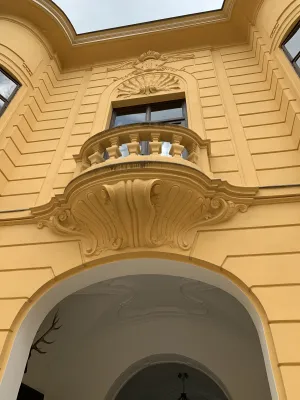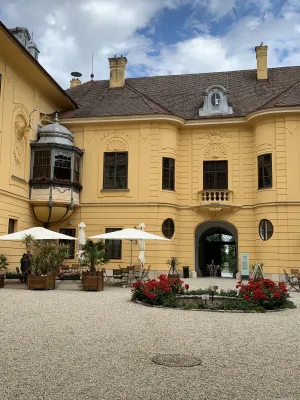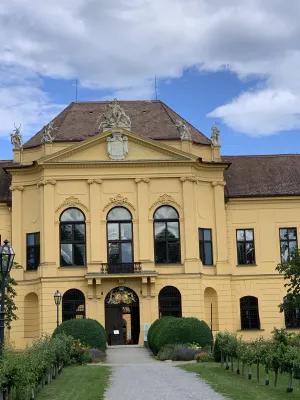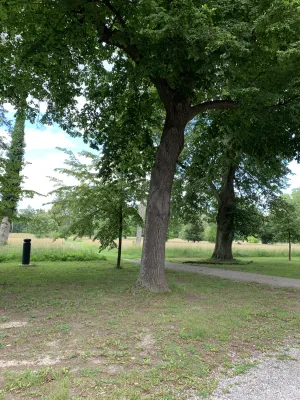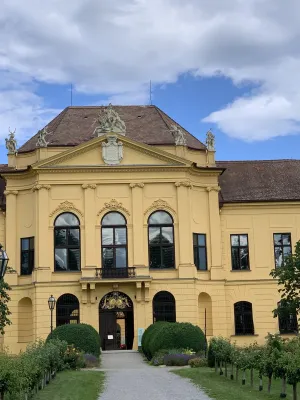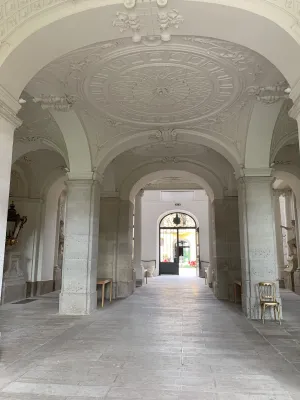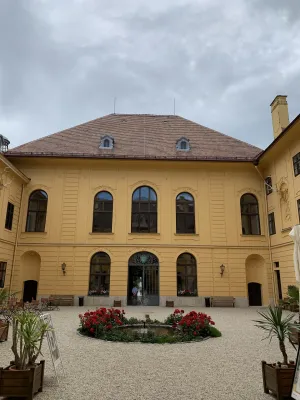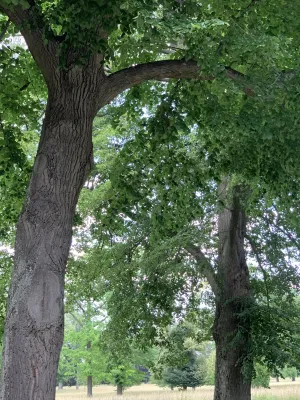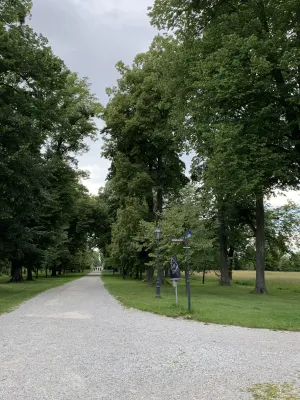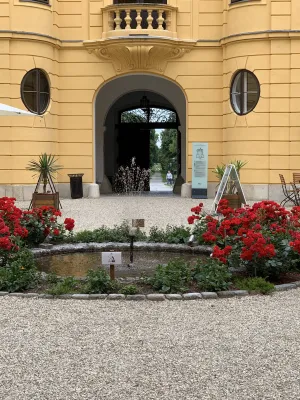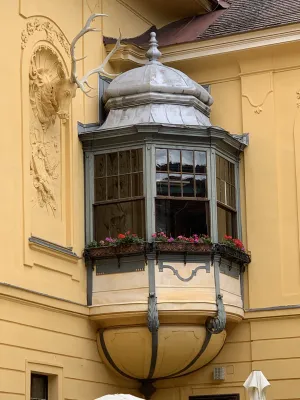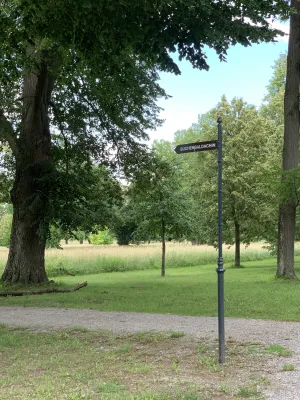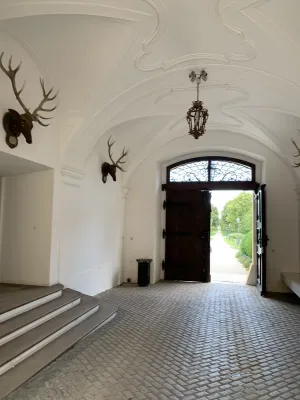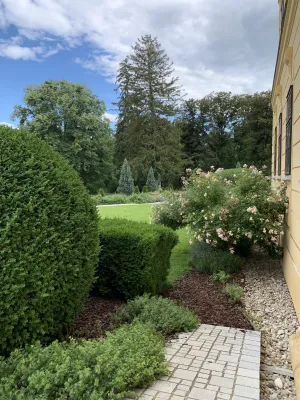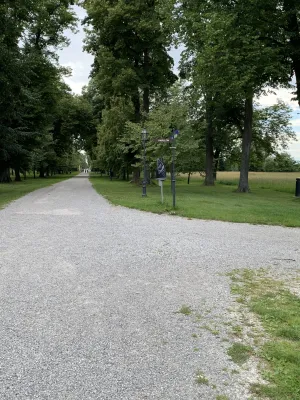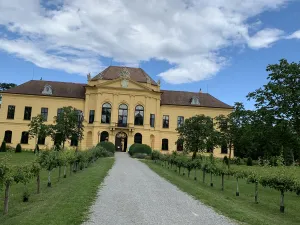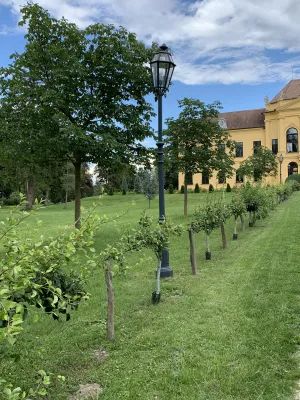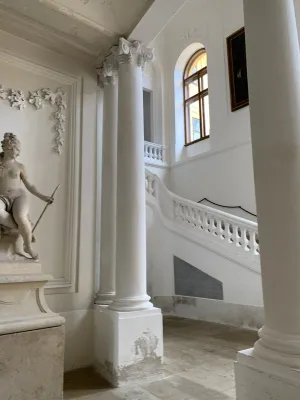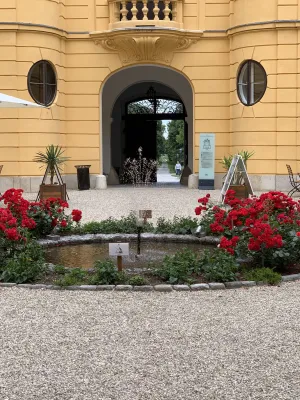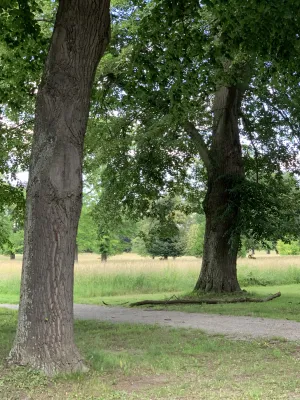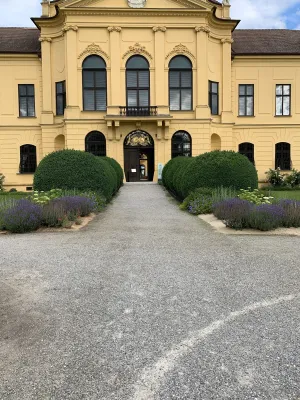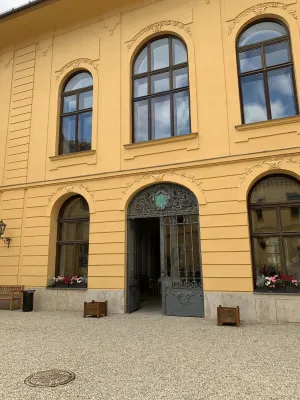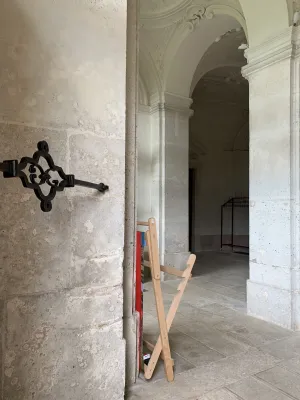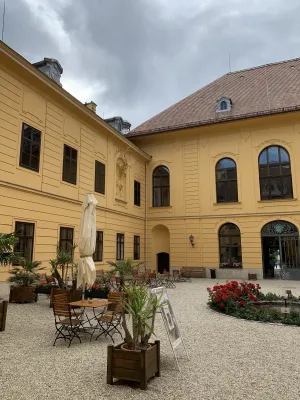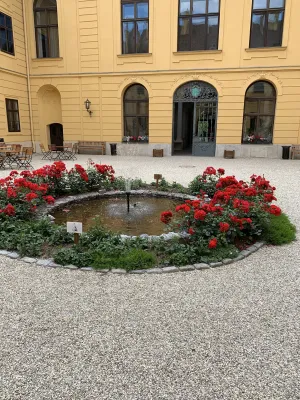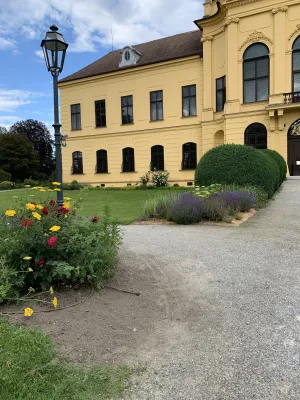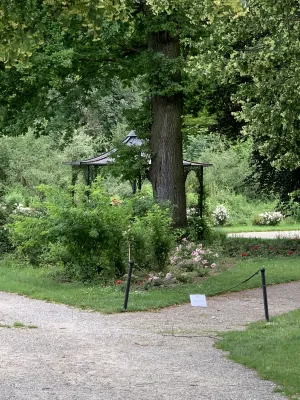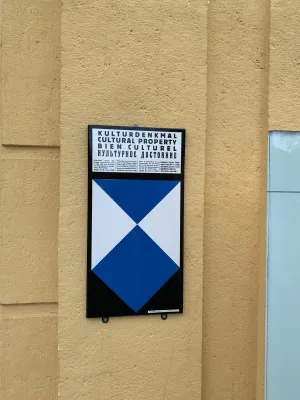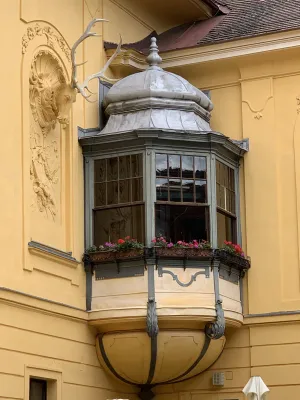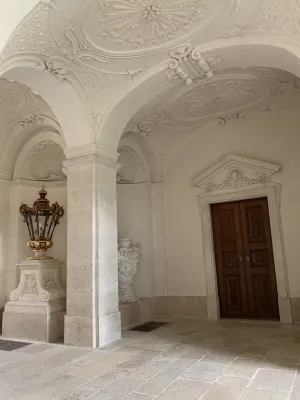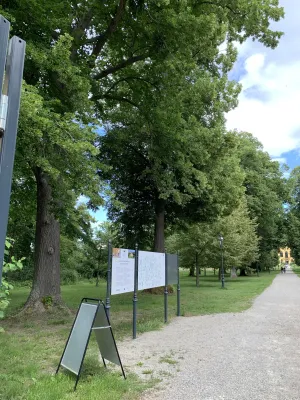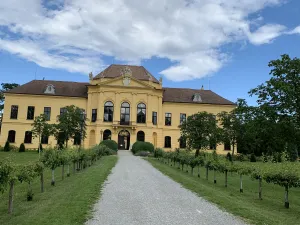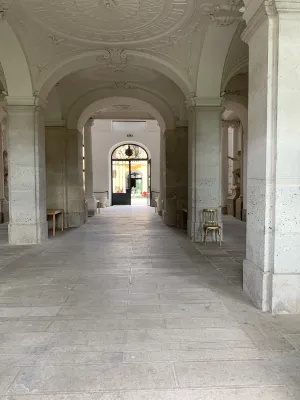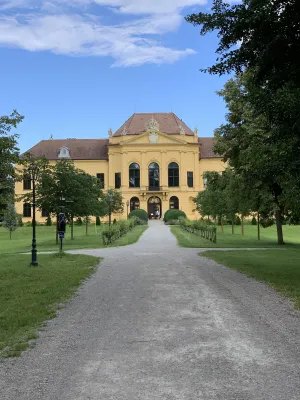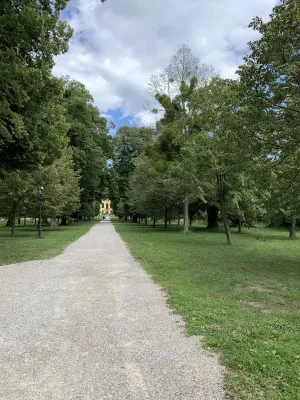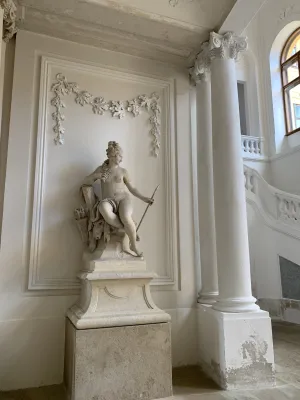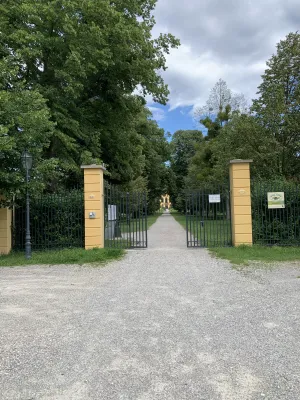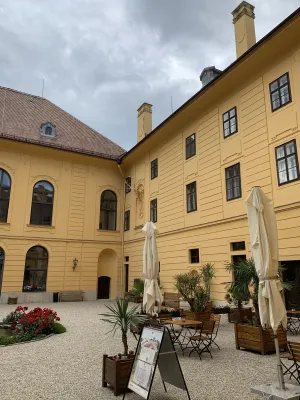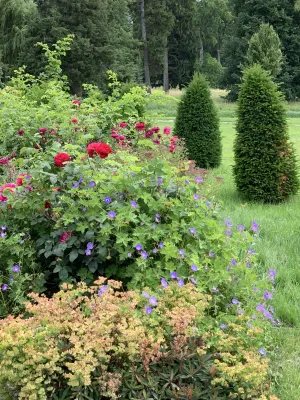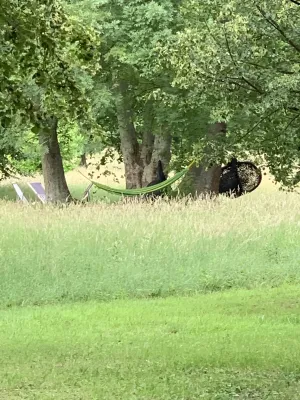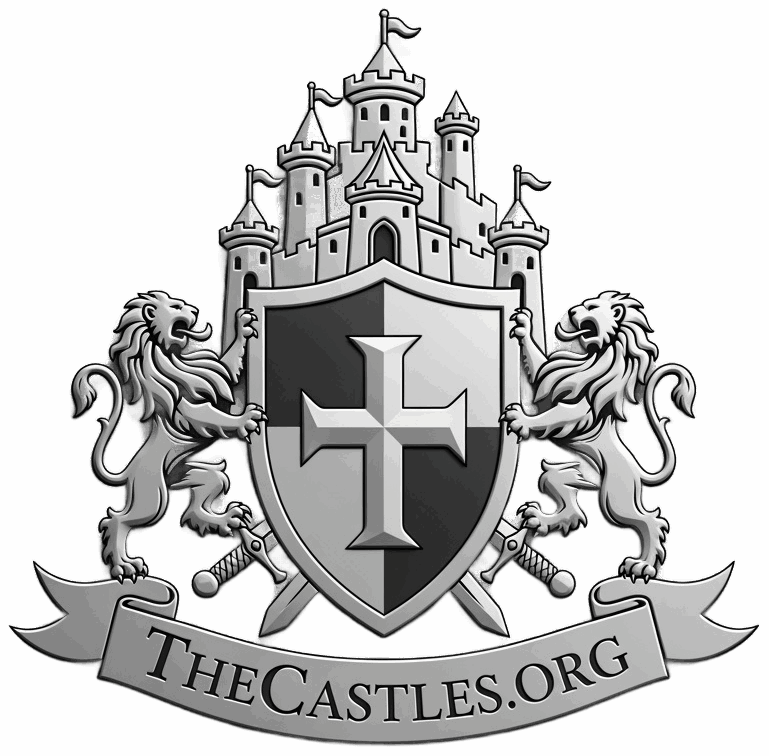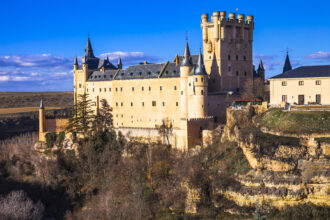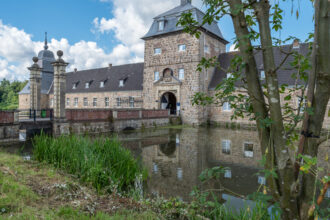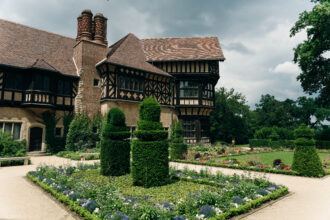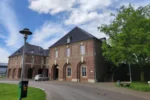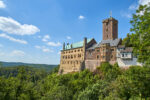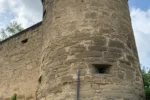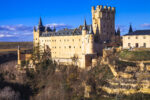During my visit to the magnificent Eckartsau hunting lodge, nestled in the Danube Floodplains National Park and close to the two cities of Vienna and Bratislava, I immersed myself in Austrian history and imperial high culture. The history of the palace dates back to the 12th century. Magnificent, baroque, elegant and at the same time cosy and close to nature, the former imperial hunting lodge is where heir to the throne Franz Ferdinand hunted and loved. It is to him that the palace owes its current magnificent appearance. The Bohemian court chancellor acquired the estate, including the Eckertsau domain, in 1720 and initiated the conversion from a medieval fortification to a Baroque hunting lodge. Leading artists such as Lorenzo Mattielli and Daniel Gran, as well as the architects Fischer and Erlach, were responsible for the interior design. My path to this imperial hunting lodge, which tells the story of the Habsburg monarchy, its splendour, its personalities, its passions, its heyday and, in all its drama, its downfall, led through the 27-hectare palace park. This was commissioned by the heir to the throne, Archduke Franz Ferdinand, and designed in the style of an English landscape garden by the imperial and royal court gardener Umlauft. I was thrilled by this palace park, where since 1898 the vastness of the Marchfeld has merged with the dense, untamed wilderness of the riparian forests, interspersed with a baroque avenue of lime trees. Park benches, hammocks and deck chairs invited visitors to relax, and weddings can also be celebrated in the wedding pavilion with its magnificent rose garden or under the canopy of beech trees. I saw greenery as far as the eye could see before I arrived at the hunting lodge. The lodge was the last refuge of Emperor Karl and his family after the abdication in November 1918. The imperial family left Vienna and waited in the hunting lodge, between fear and hope, for their fate to be decided. Here I experienced the story of the last hours of Austria-Hungary up close. The hunting lodge has wonderful rooms. In addition to a magnificent ballroom, the upper floor of the lodge houses a Red and Grey Salon, a North and South Reception Room and a library. On the ground floor there is a smoking room, a dining room and a portico through which I entered the dreamy courtyard with a fountain in the middle and the lodge café. I was overwhelmed by the beauty of the castle, its courtyard and castle park with gnarled trees and flowering lavender bushes. Eckertsau Castle revealed to me an unobstructed view of untouched nature, of things I had only heard about in stories, and miraculously combined natural space with a ballroom – a castle of dreams.
